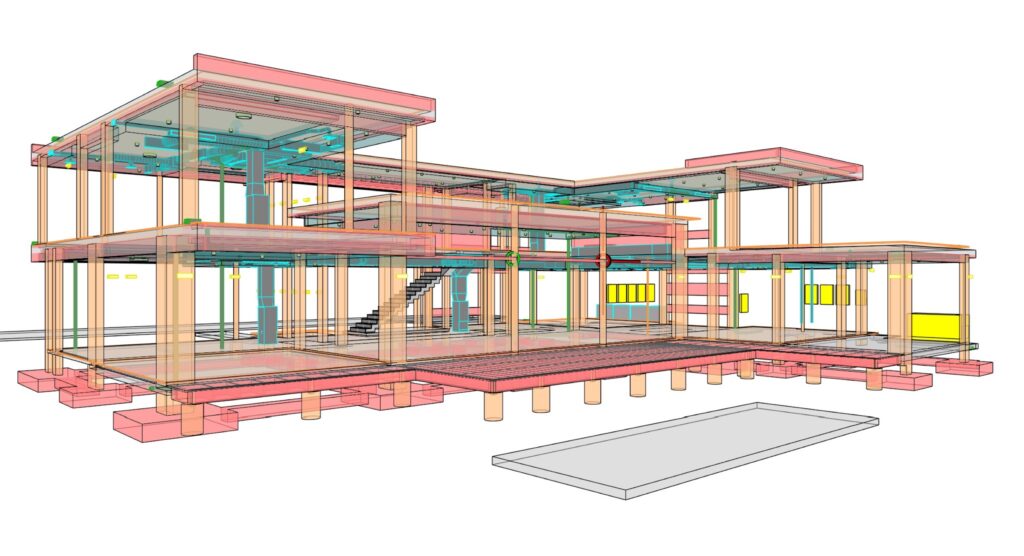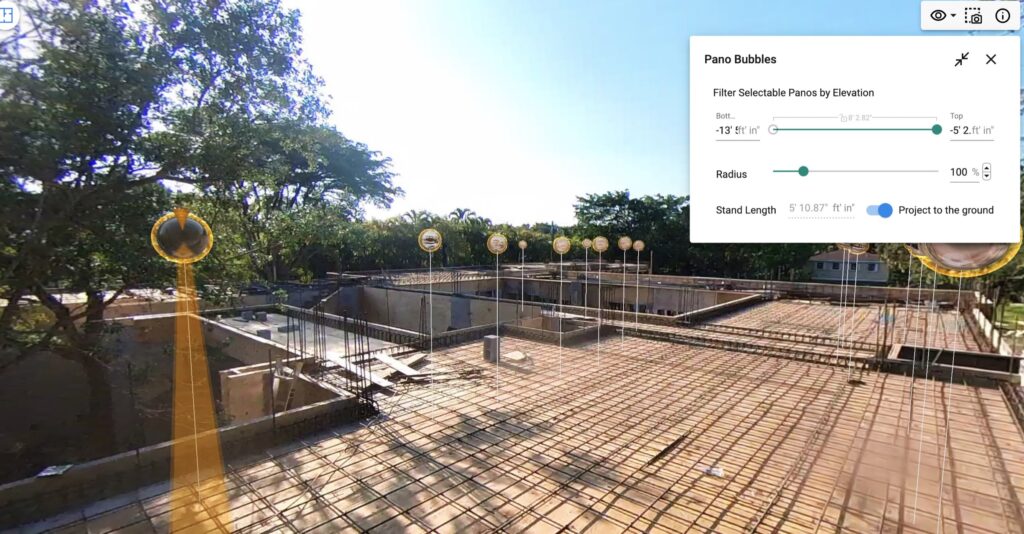
Picture this - you're standing at the edge of a construction site, immersing yourself in the buzz of anticipation for a project that is about to come to life. Your mind is filled with endless possibilities, but you're also well aware of the challenges that lie ahead. As an architect, I've been there, right alongside you, embracing the journey from client to architect. And let me tell you, it's an exhilarating ride.
But what if I told you that the design and construction process could be made even more seamless, efficient, and awe-inspiring? That's where technology steps in, spreading its wings and transforming the way we create spaces that not only captivate but sell like hotcakes.
At MIK Architecture, we're not just architects; we're partners in your vision. And part of being your partner means harnessing the power of innovative tools to bring your dreams to life.
From Building Information Modeling (BIM) to drones, Virtual Reality, artificial intelligence, and 360-degree capture, innovative tools shape how we create spaces that captivate and sell. This blog post will explore how architecture firms and MIK Architecture utilize these technologies to transform the industry. Don't miss this article about Architecture and Technology, and why together they are unstoppable.
BIM has emerged as a game-changer in the field of architecture. By creating digital representations of buildings, BIM enables architects, engineers, and contractors to collaborate seamlessly and optimize the design process. At MIK Architecture, we use BIM on all our projects - no matter the size - to better integrate and search for conflicts between various elements, such as structural, mechanical, plumbing, and lighting systems.

This virtual construction technique gives our clients a comprehensive and accurate understanding of their projects, enhancing decision-making and visualization during the design process.
While BIM modeling may take slightly more time to set up in the early stages of the project, the coordination of multiple construction elements during design development and construction documents dramatically outweighs the initial time investment.
Gone are the days of visiting a site taking multiple pictures, and crossing our fingers that we didn't forget an angle or a particular element when we return to the office.
Drones have paved the way for a more efficient and detailed overview of data collection thru imaging and 360 views. By capturing aerial images and videos, architects can study existing conditions and analyze the site in a detailed overview and a precise manner.
We've used drones at MIK Architecture to see and understand a potential rooftop's views, the lot's foliage and shadows, to examine inaccessible areas, and do fantastic hyper-lapse videos before and during construction, but most importantly.

As we only work with BIM, we can easily convert our model into Virtual Reality (VR), and 3D views have entirely transformed how we present and communicate proposed designs to clients.
Instead of relying solely on blueprints or static renders, VR allows our clients to immerse themselves in the space and experience it firsthand. With Virtual Reality, they can walk through the space, get a sense of scale, and provide valuable feedback before moving into more detailed plans.
At MIK Architecture, thanks to our BIM model, we can send a link to our clients where they can view and walk through the project from the comfort of their homes or offices, helping them make well-informed decisions.
AI (Artificial Intelligence) is rapidly transforming architecture, revolutionizing how architects approach design, planning, and construction processes. By harnessing the power of AI, architecture firms can streamline workflows, optimize design solutions, and make data-driven decisions to create innovative and appealing buildings.
AI can study spaces, understand user needs, and generate design options tailored to specific requirements based on defined parameters and constraints, typically known as generative design.
These generative design tools help architects discover additional optimized and efficient solutions. AI-driven generative design enables architects to push the boundaries of creativity and find innovative solutions that align with project goals.
At MIK Architecture, we have seen how AI can transform complex and time-consuming tasks, such as optimizing layouts, analyzing different visual approaches, and doing a recurring task in a fraction of the time it usually takes us.
Site visits are essential to the design and construction process, but they can be time-consuming, especially for clients who live abroad - which are most of our clients - or cannot visit physically. Enter 360-degree video and photo captures.

While it doesn't replace an actual site visit, this technology has helped us at MIK Architecture capture a site walkthrough and generate immersive visual content for the site's existing conditions. The virtual walkthrough allows our clients to explore the space from the comfort of their location and the construction team to annotate and note potential conflicts before they happen.
At MIK Architecture, we understand that technology is your ally, propelling us further in our journey to create spaces that sell well and fast. By leveraging tools such as BIM, drones, Virtual Reality, Artificial Intelligence, and 360-degree capture, we integrate Architecture & Technology, enhancing the design and construction process.

You must be logged in to post a comment.